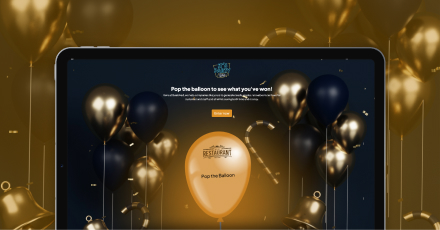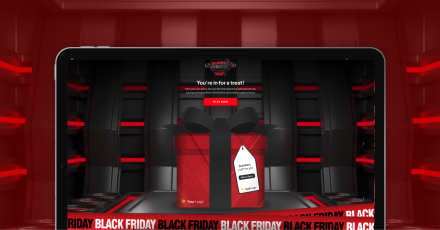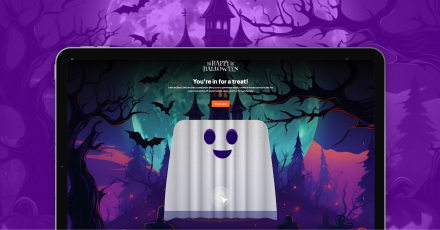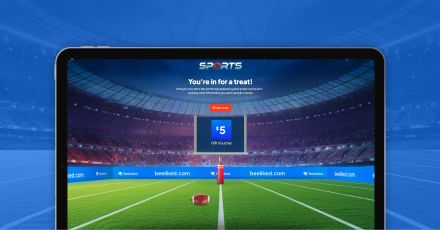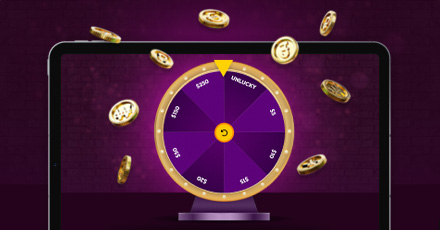More companies now recognize that employee health and well-being are vital for a successful workplace, not merely an optional benefit. With this growing awareness, organizations are investing in wellness programs and offering their employees various wellness incentives. In this article, we’ll explore how wellness programs, including gamified incentives, can drive employee engagement, improve productivity, and foster a positive workplace culture. As discussed in our previous article, “Why Workplace Wellness Matters,” promoting a culture of health and support can drive productivity and job satisfaction. Many businesses now prioritize offering wellness program rewards like bonuses, extra time off, or public recognition. These wellness incentives for employees reflect a company’s commitment to creating a positive and healthy work environment.
Employees who feel supported in maintaining their health tend to be more productive and engaged at work. Healthier employees are more satisfied, take fewer sick days, and are more likely to stay with the company. Companies can improve both employee retention and overall performance by prioritizing wellness program incentives. Whether through offering health incentives for employees or creating targeted rewards, businesses are making meaningful strides toward healthier, happier work environments. A focus on well-being fosters an engaged, motivated workforce that feels genuinely valued.
How Wellness Incentives Boost Employee Engagement

A well-designed incentive program can be a powerful driver of employee engagement. There’s a strong connection between employee wellness and engagement: healthier employees are often more focused, motivated, and resilient in handling daily work challenges. However, companies must go beyond offering standard perks like gym memberships or healthy snacks. The key lies in creating wellness program incentives that resonate with employees’ personal health goals.
Tailored wellness incentives for employees, such as fitness challenges with rewards for reaching milestones, can motivate participation. Rewards don’t need to be extravagant; simple gestures like public recognition or small tokens of appreciation can make a meaningful impact. Employees who actively participate in wellness programs tend to be more productive and feel a stronger connection to their workplace. Engagement is a cornerstone of business success. Engaged employees perform better, stay longer, and contribute more to the company’s growth. Businesses can leverage this to create a positive feedback loop by linking wellness incentives to engagement strategies.
Benefits of Gamification in Employee Engagement
Gamification is a powerful tool in driving employee engagement, especially within wellness programs. Incorporating employee wellness incentives through gamified solutions allows businesses to create an interactive and rewarding experience that motivates staff while fostering a positive work environment.
One of the key advantages of gamification in wellness incentive programs is its ability to reduce the cost of employee engagement initiatives. Gamified wellness programs help companies recognize achievements and reinforce positive behaviors in real-time. Whether rewarding employees for reaching health milestones or motivating new hires to participate in training, gamification offers a personalized approach that can significantly enhance engagement levels.
Managers can engage both high and low performers through wellness program incentives, rewarding continuous learning, and improving performance across various departments. From call centers to marketing and sales teams, gamification can be tailored to fit the specific needs of any division, leading to improved feedback and higher participation rates. Moreover, health incentives for employees can be integrated into these gamified platforms, helping businesses track progress and adjust rewards based on real-time engagement data.
Ultimately, a business is only as good as its employees, and employee wellness incentives that align with personal goals can help retain a loyal, talented workforce. By putting employees first and offering wellness program rewards that motivate, companies can build a culture that promotes health, engagement, and long-term success. BeeLiked’s gamified solutions offer the flexibility to create wellness experiences that resonate with your team, whether it’s incentivizing entire sales teams or helping employees reach their individual wellness goals.
Examples of Wellness Incentive Programs for Employees

Wellness programs can take many forms, with different incentives designed to boost both physical and mental well-being. Successful programs cater to the varied needs of employees, offering rewards that align with personal health goals and lifestyles. Here are a few examples of wellness incentive programs that companies can implement to support a healthier workforce:
- Fitness Challenges: These challenges, whether individual or team-based, encourage employees to stay active by tracking steps, workouts, or other physical activities. To make them more engaging, companies can incorporate our Pop the Balloon game, where employees pop a virtual balloon for a chance to win prizes when they meet fitness milestones.
- Mental Health Days: Offering paid time off for mental health encourages employees to prioritize their well-being. Simple incentives like recognition in team meetings or small rewards can make these efforts feel appreciated.
- Health Screenings: Regular health check-ups are essential for early detection and prevention. Companies can offer bonuses or raffle entries to encourage participation. Use our Unwrap the Gift game to transform routine screenings into a more interactive experience, with employees unwrapping virtual gifts for rewards.
- Smoking Cessation Programs: Supporting employees in quitting smoking is a meaningful long-term health initiative. Use our Mystery Box, where participants choose a virtual box to unlock prizes as they hit milestones in their smoking cessation journey.
- Nutrition Coaching: Providing access to nutrition coaching or online programs with incentives for completing sessions can promote healthier eating habits. Companies might offer rewards such as gift cards or public recognition for reaching personal health goals.
Incentives for Wellness Programs: What Works Best?
Measuring the success of wellness programs is essential to understand their impact and to help companies evaluate their effectiveness. This canhis through various metrics such as employee engagement incentives productivity, and retention rates. Regular feedback from employees can also provide valuable insights into the program’s effectiveness and areas for improvement.
One approach is to conduct surveys or have open discussions to understand what employees find motivating. Some might prefer financial incentives, while others value time-off rewards or wellness-related experiences. Tailoring wellness incentives to each employee’s needs is essential. For instance, offering flexible rewards such as gift cards to their favorite stores or experiences tailored to their interests could be more impactful than generic incentives. For example, some employees may appreciate free fitness classes, while others prefer mental health resources or wellness retreats. Remember that not all incentives need to be monetary – recognition, flexibility, and support can be as motivating.
Another factor to consider is the timing and consistency of your wellness incentives. Giving out smaller, regular incentives helps keep employees engaged, rather than relying on occasional big rewards. Similarly, adjusting your program based on employee feedback ensures it remains relevant and effective. Whether it’s tweaking rewards or introducing new challenges, staying flexible can make a significant difference in how successful your wellness program is.
Maximizing the Benefits of Wellness Incentive Programs

For companies to truly see the benefits of wellness programs, it’s important to implement a strategy for measuring success and making improvements along the way. It is essential to keep employees in the loop about the wellness programs available and the rewards they can earn by getting involved. Companies can use platforms like BeeLiked to streamline communication and track participation. Their gamified wellness solutions offer real-time tracking and employee feedback, allowing businesses to adjust incentives based on actual engagement data. This ensures that wellness programs remain relevant, engaging, and effective. Consistent communication helps employees see the value of wellness programs and understand how they can benefit.
Another key to success is tracking employee participation and gathering feedback. Wellness programs should evolve based on employee needs and engagement levels. Giving employees options when it comes to wellness rewards can keep participation high. Additionally, setting clear, measurable goals for the program allows companies to assess whether the wellness initiatives achieve their desired outcomes.
Constantly refining wellness programs based on feedback can maximize their impact and effectiveness, improving both employee well-being and the overall work environment. Regularly updating the programs, engaging employees in the decision-making process, and adjusting based on data can drive long-term success. A well-rounded wellness strategy can lead to higher productivity, reduced healthcare costs, and a more engaged and motivated workforce. If you’re looking to boost employee engagement and foster a healthier, more motivated workforce through personalized wellness incentives, BeeLiked can help. Their customizable gamification tools make creating wellness programs that resonate with your team easy. Explore more about how you can leverage BeeLiked to enhance employee engagement.
